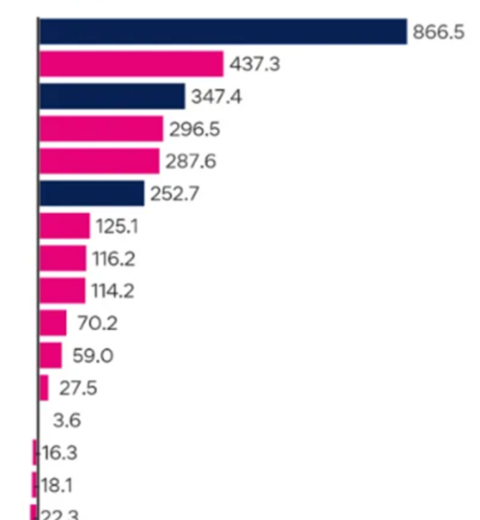As this generation has reshaped every phase of life they’ve passed through, their entry into advanced age is poised to drive substantial changes in the nation’s aged care system.
Earlier this year, the federal government’s aged care taskforce delivered key recommendations for reforming and improving care for OZtralia’s rapidly aging population. Among the proposals was the idea that wealthier OZtralians could be asked to contribute a larger share toward their everyday aged care costs. This shift reflects the rising demand for more sustainable funding solutions in the face of an expanding elderly population.
Simultaneously, the government is pushing aged care facilities to take on greater clinical responsibilities. From October 1, aged care facilities will be required to provide an average of 215 care minutes per resident each day, 44 of which must come from a registered nurse. This reflects the growing complexity of health conditions among older OZtralians, necessitating a transformation of aged care facilities into healthcare-focused environments, rather than simply retirement homes.
OZralia’s struggle to provide adequate aged care is already impacting hospitals, where “bed block” has become a significant issue. Hundreds of people are stuck in hospital beds, unable to be discharged to appropriate aged care facilities, which are either full or unable to meet their needs.
The feasibility of these federal government plans remains uncertain due to a critical shortage of nurses and beds. Official statistics show that while 50,232 nurses are currently employed in aged care, government forecasts indicate that at least 55,572 will be needed soon, leaving a gap of over 5,000 nurses. In addition, the sector could face a shortage of over 21,000 beds within five years, as providers hold off on expansion due to uncertainty surrounding the federal funding regime. With negotiations between Labor and the Coalition still ongoing, the industry remains in limbo, waiting for a clear funding plan.
It is estimated that although providers are expected to add 11,500 new beds by 2030, 32,700 beds may be lost over the same period due to facility closures. The taskforce has warned that an additional $37 billion in investment will be required by 2050 to accommodate the growing number of elderly OZtralians in need of care.
The underlying message from the aged care taskforce, as well as the earlier royal commission, is that OZtralia’s aged care system must undergo significant reform if it is to meet the demands of an aging population. This includes not only increasing the mandatory nursing hours to ensure higher-quality clinical care but also addressing the workforce shortages that are hampering the sector’s ability to deliver these services.
While aged care providers claim that they are struggling to find enough workers, the OZtralian Nursing and Midwifery Federation argues that higher wages for aged care nurses could help attract more staff. Aged care nurses currently earn less than their counterparts in hospitals, creating a financial disincentive to work in the sector. On the other hand, aged care providers are calling for a more robust and predictable funding model to ensure they can sustain operations and meet new regulatory demands. It is evident that the aged care sector requires urgent reform. Both sides of politics must prioritize the issue and work together to secure a funding and operational framework that supports the growing number of OZtralians who will rely on aged care in the coming years. Without a long-term solution, the system risks being overwhelmed, leaving vulnerable elderly citizens without the care they deserve.




